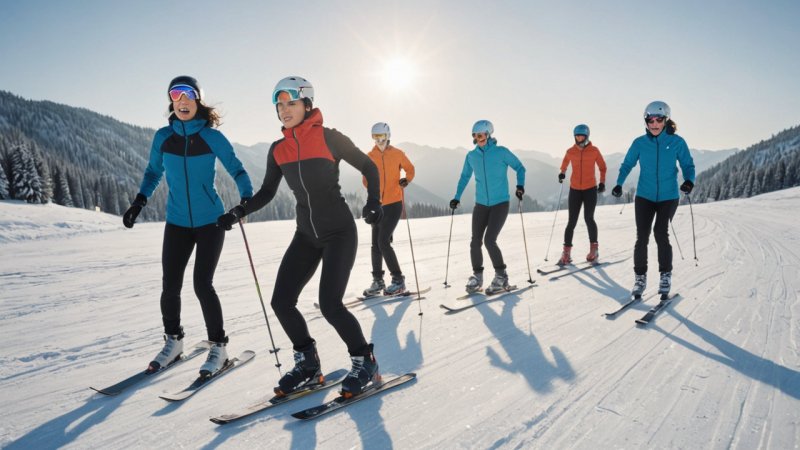1. Assess Your Current Fitness Level
Before diving into a winter sports training schedule, it's crucial to evaluate your current fitness level. This assessment can help you set realistic goals and identify areas needing improvement.
2. Set Specific Goals
Having clear and specific goals can guide your training efforts. Whether you aim to increase your endurance, improve technique, or prepare for a competition, defining your objectives is essential.
3. Incorporate Strength Training
Strength training is vital for enhancing performance in winter sports. Focus on exercises that target key muscle groups used in your sport, such as squats for skiing or shoulder exercises for snowboarding.
4. Include Cardiovascular Workouts
Winter sports often require high levels of cardiovascular fitness. Incorporate activities like running, cycling, or swimming into your routine to build endurance and stamina.
5. Prioritize Flexibility and Mobility
Flexibility is crucial for preventing injuries in winter sports. Incorporate stretching routines, yoga, or Pilates to enhance mobility and maintain joint health.
6. Schedule Rest and Recovery
Overtraining can lead to injuries and burnout. Make sure to include rest days in your training schedule to allow time for recovery and muscle repair.
7. Focus on Sport-Specific Skills
Dedicate time to practice sport-specific skills. Whether it’s mastering turns in skiing or improving your jumps in snowboarding, targeted practice is key to skill development.
8. Monitor Nutrition and Hydration
A balanced diet and proper hydration are fundamental to peak performance. Ensure you fuel your body with the right nutrients and stay hydrated, especially during intense training sessions.
9. Use Technology for Training Insights
Leverage technology to monitor your progress. Fitness trackers and apps can provide valuable data on your workouts, helping you make informed adjustments to your training schedule.
10. Join a Training Group or Class
Training with others can enhance motivation and provide valuable feedback. Consider joining a local training group or enrolling in classes that focus on your specific winter sport.
Creating a balanced winter sports training schedule is essential for improving performance while staying safe. By assessing your fitness level, setting clear goals, and incorporating a variety of workouts, you can prepare effectively for the season ahead. Remember to prioritize rest and nutrition, and consider using technology to track your progress. With these strategies, you'll be well on your way to a successful winter sports experience.






